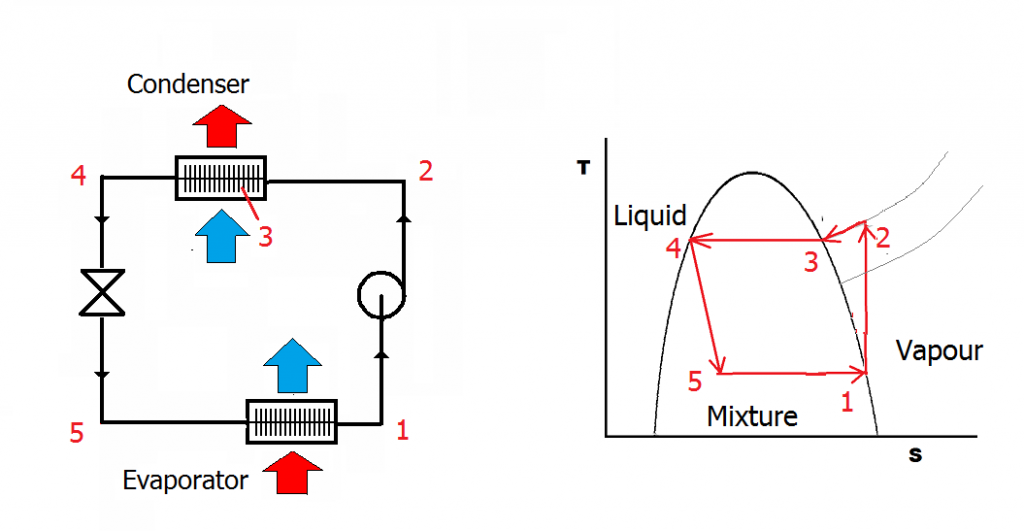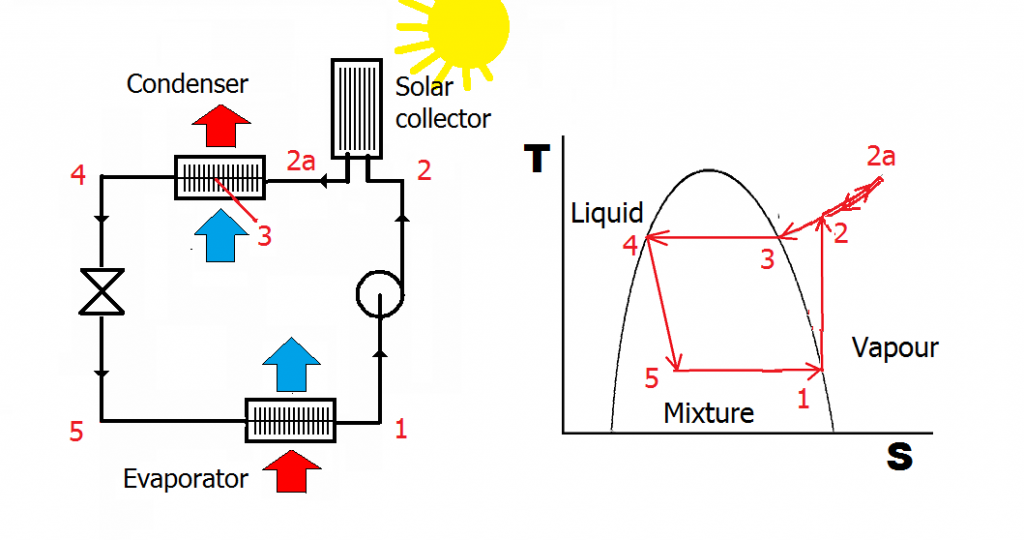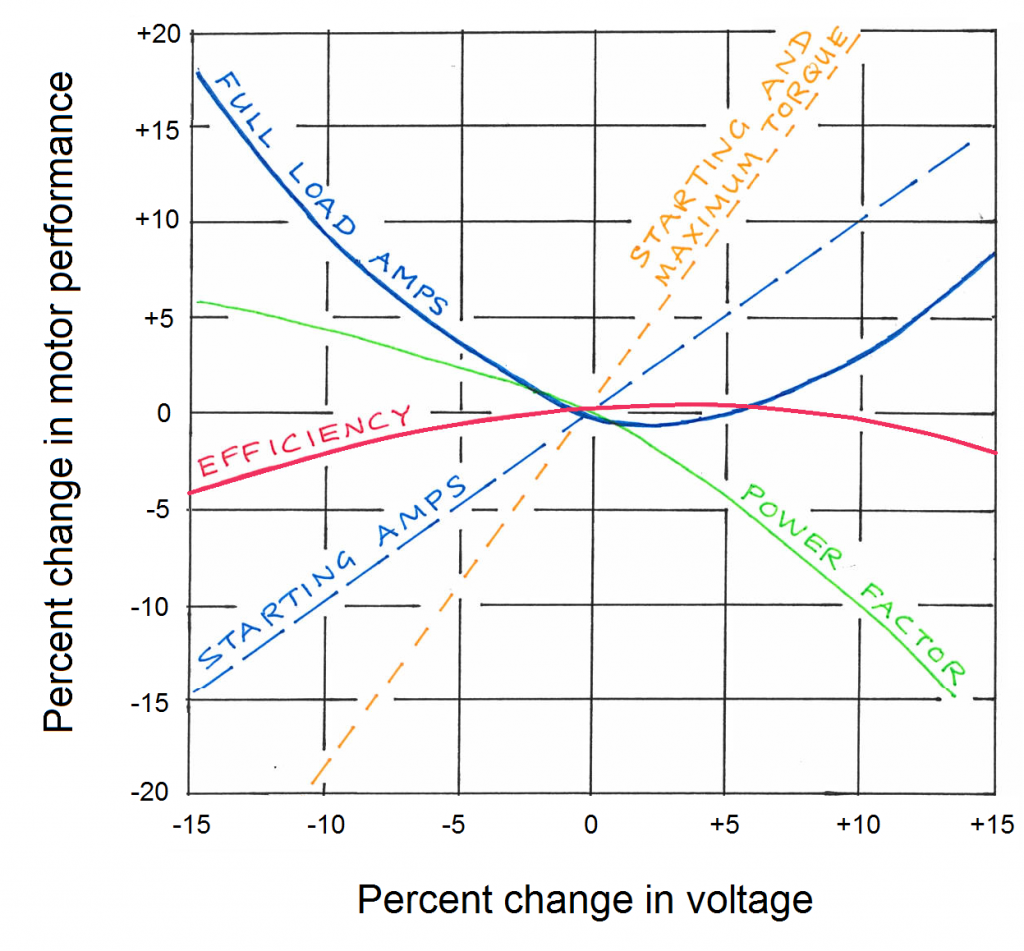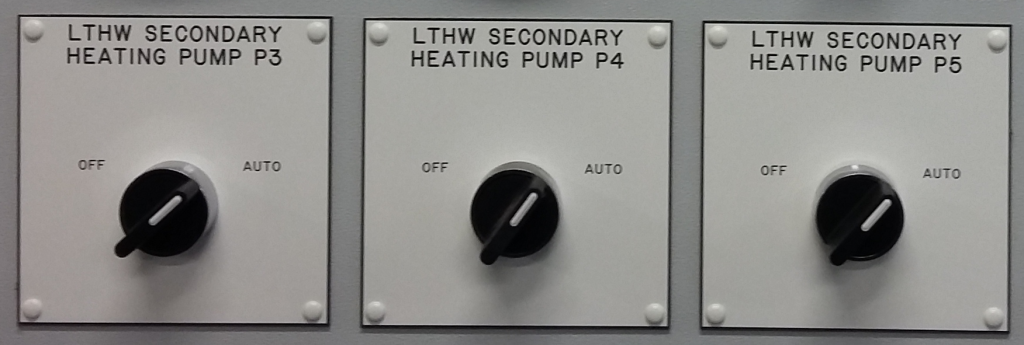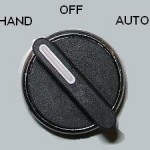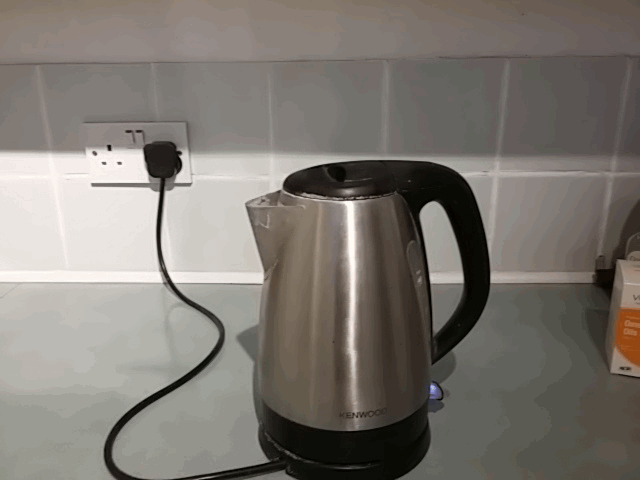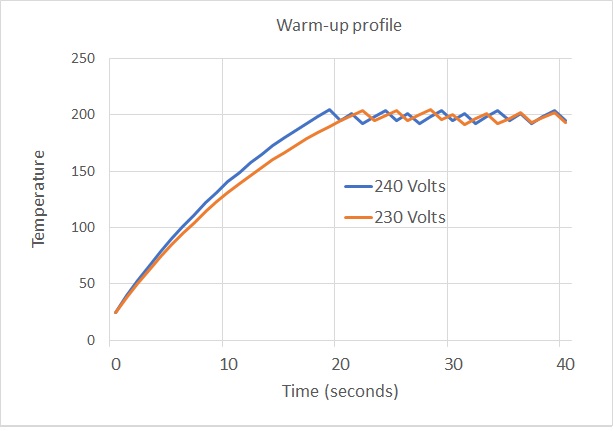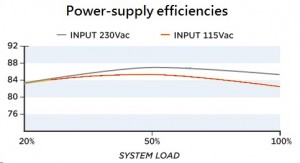Just how big a saving is it possible to achieve with a product which improves heat transfer in a ‘wet’ heating system (one which uses circulating water to feed radiators, heater batteries or convectors)? It is an important question to answer because suspect additives claiming to reduce losses through water treatment are becoming prevalent, making claims in the range of 10-20%, while air-removal devices have been claiming up to 30%. It is possible to show that the plausible upper limit is of the order of 7% and that this would be achievable through good routine maintenance anyway.
To work this out we first break the system into its two major components: the heating boiler (which in reality may be two or more plumbed in parallel) and the building, which represents the heat load. The first thing we can say is that if the heating in the building is maintaining the required temperatures, the thermal load which it presents to the boiler will not be affected by internal heat transfer coefficients. If heat transfer in the heat emitters is impeded, then either the circulating water temperature will rise or control valves will be open for a greater percentage of time in order to deliver the required heat output, or both; either way, the net heat delivered (and demanded from the boiler) is the same. So water treatments will not affect the heat demanded from the boiler; their only effect will be to improve the efficiency with which the boiler converts fuel into useful heat. Let us consider how this can be done. Consider the routes by which energy is lost in the boiler:
- Standing losses from the boiler casing and associated pipework and fittings;
- Sensible heat loss in the exhaust gases. This is the energy that was needed to elevate the temperature of the dry products of combustion (i.e. excluding latent heat);
- Latent heat losses, e. the energy implicitly used in converting water to vapour in the exhaust (it is this heat which is recovered in a condensing boiler);
- Unburned fuel (carbon monoxide or soot).
Which of these could be affected by water treatment and which would not? Standing heat loss is sensitive only to the extent that the external surface temperature of the boiler might differ with and without water-side scaling. As such losses would only be about 2% of the boiler’s rated output in the first place, we can safely take the effect of variations to be negligible. Latent heat losses would not be affected because they are solely a function of the quantity of water vapour in the exhaust, and that is fixed by the chemistry of combustion and in particular the amount of hydrogen in the fuel. Unburned fuel losses will not be affected either. They are determined by the effectiveness of burner maintenance in terms of air/fuel ratio and how well the fuel is mixed with the combustion air.
That just leaves sensible heat losses. Two things can cause higher-than necessary sensible heat loss. One is to have excessive volumes of air fed through the combustion process, and the other is having a higher-than-necessary exhaust gas temperature. Excess air is self-evidently totally unrelated to poor water-side heat transfer, but high exhaust temperatures will definitely occur if the heat transfer surfaces are dirty or scaled up. With impaired heat transfer the boiler cannot absorb as much of the heat of combustion as it should, or to look at it a different way, higher combustion-product temperatures are needed to overcome the thermal resistance.
Elevated stack temperature, then, is the only significant symptom of water-side scaling. So how high could that temperature go, and what are the implications? Most people would agree that an exhaust temperature of 250°C or more would be highly exceptional and values of 130°C to 200°C more typical. Now let us suppose for the sake of argument that the exhaust gases in a reasonably well-maintained boiler contain 4% residual oxygen in the exhaust and have a temperature of 130°C, with (to make it realistic) 200 parts per million of carbon monoxide. The stack losses under these conditions will be:
4.2% sensible heat in dry flue gases
11.2% enthalpy of water vapour
0.1% unburned gases.
This leaves a net 84.5% as “useful” heat but we should deduct a further 2% for standing losses, giving 82.5% overall thermal efficiency as our benchmark.
Now let’s suppose that the same boiler had badly fouled heat transfer surfaces, raising the exhaust temperature to 300°C — way in excess of what one might normally expect to encounter. Under these conditions the stack losses become:
10.4% sensible heat in dry flue gas
12.7% enthalpy of water vapour
0.1% unburned gases
So we now have only 76.9% “useful” heat which, after again deducting 2% standing losses, means an overall efficiency of 74.9%, compared with the 82.5% benchmark. The difference in efficiency between the dirty and clean conditions is
(82.5 – 74.9) / 82.5 = 6.8%
and this figure of about 7% is the most, therefore, that one could plausibly claim as the effect of descaling a heating system whose boilers are otherwise clean and reasonably well-tuned. In fact if the observed stack temperature before treatment is lower, the headroom for savings is lower too. At 200°C the overall efficiency would work out at 81.4% and the potential savings would be capped at about 3%.
Three points need to be stressed here. Firstly, just measuring the flue gas temperature will tell you accurately the maximum that a boiler-water additive alone could conceivably save. Secondly, fireside thermal resistance is orders of magnitude higher so even a relatively huge reduction of waterside resistance will have little impact.
Thirdly, all these potential savings should be achievable just with good conventional cleaning and descaling.
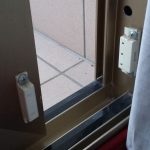 It’s like a curse. Waking up last Wednesday to a view of the full moon reflected off the Adriatic in the pale light of dawn, I opened the sliding door to the hotel balcony to take a snapshot. As I did so I heard the air conditioning fan stop and there in the pale light of dawn I saw a magnetic reed switch on the door frame, evidently linked to the fan-coil unit control. “Brilliant” I thought: “a picture of that will be perfect for my session at our conference on energy in hotels”.
It’s like a curse. Waking up last Wednesday to a view of the full moon reflected off the Adriatic in the pale light of dawn, I opened the sliding door to the hotel balcony to take a snapshot. As I did so I heard the air conditioning fan stop and there in the pale light of dawn I saw a magnetic reed switch on the door frame, evidently linked to the fan-coil unit control. “Brilliant” I thought: “a picture of that will be perfect for my session at our conference on energy in hotels”.